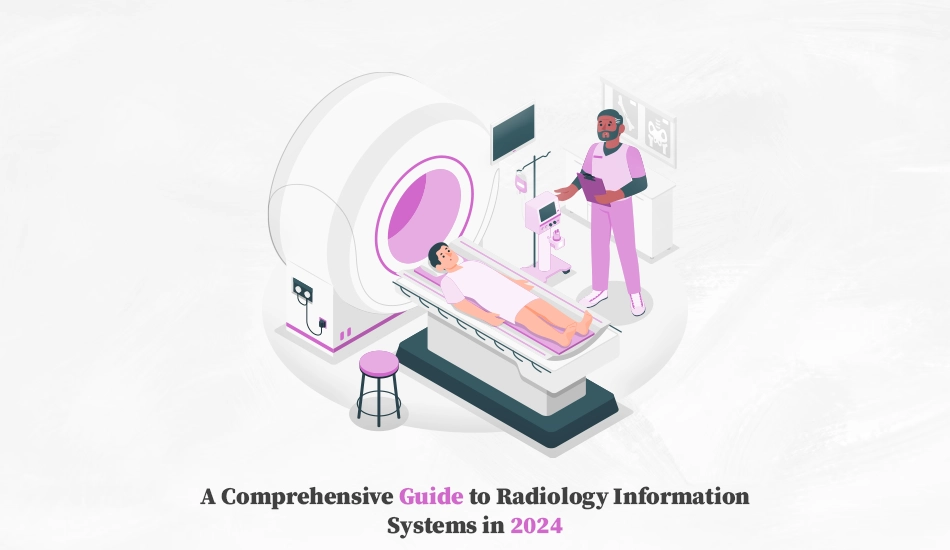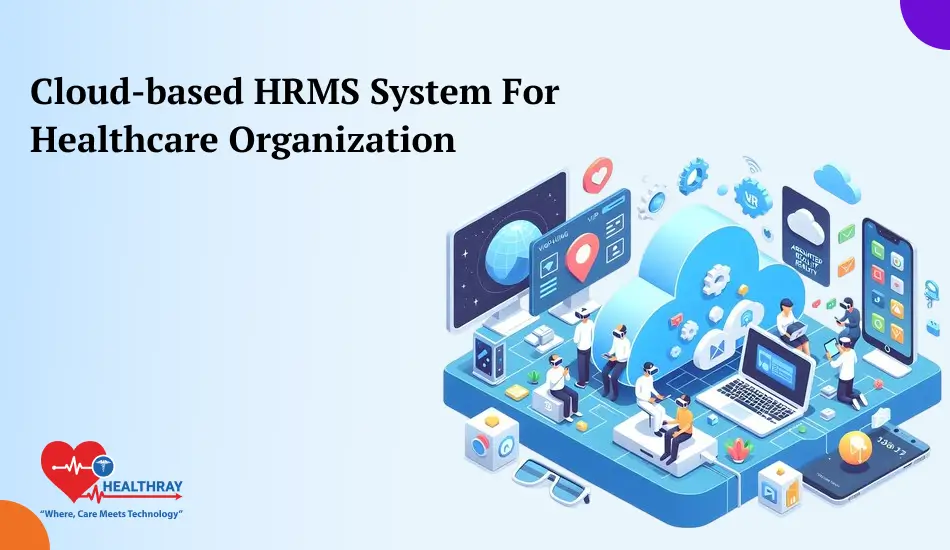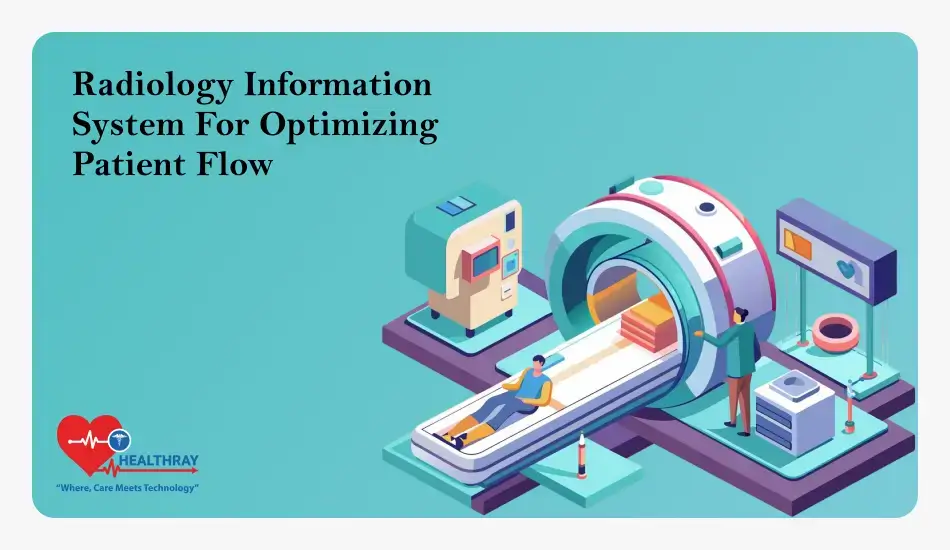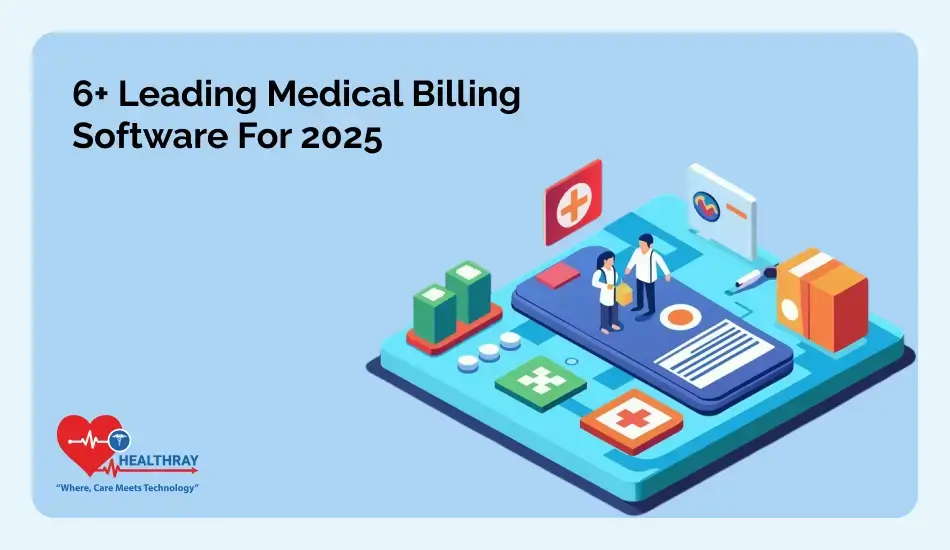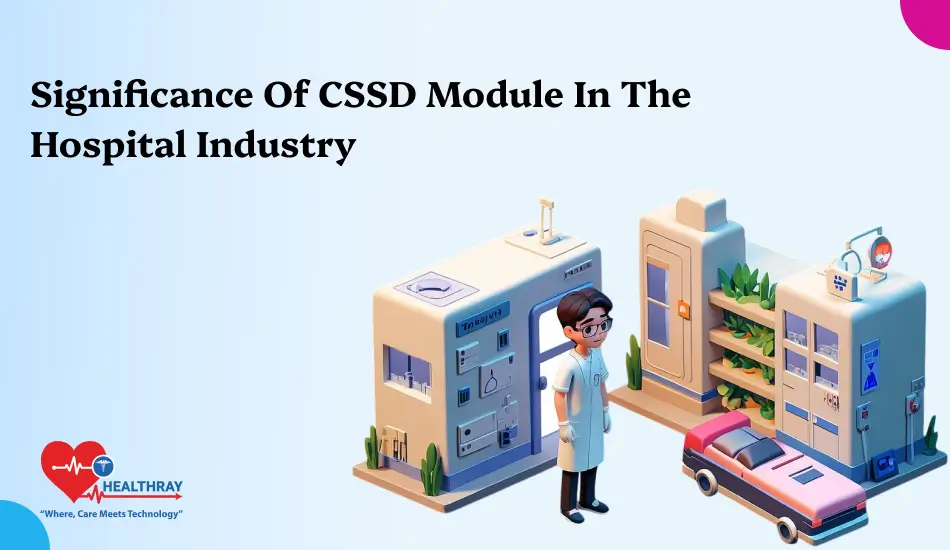Quick Summary: What is the difference between RIS and PACS? The Comprehensive Guide to Radiology Information Systems, published in 2024, examines integration strategies, workflow enhancement, and slice-edge technologies in radiology information software. It’s a pivotal resource for medical interpreters navigating the changing world of radiology information systems, covering developments in medical imaging.
Introduction
Automating this process reduces the possibility of crimes and payment detainments or denials. Medical imaging and diagnostics are linked to the work of radiology departments. Still, many fresh tasks are part of radiology workflows their daily routine that are carried out behind the scenes, similar to appointment scheduling, billing, and reporting. When done manually, these repetitive tasks take a lot of time, affecting a ton of paper attestation and everlasting phone exchanges.
Thankfully, numerous work in contemporary imaging centers can be delegated to specially created software called a Laboratory Information Management System (LIMS). To reduce executive charges, an increasing number of departments and individual installations are investing in RISs, with radiologists in North America setting the standard for technological relinquishment. This post describes the system’s capabilities, how to elect the top technology supplier, and how you can help ensure a successful installation.
What is a radiology information system?
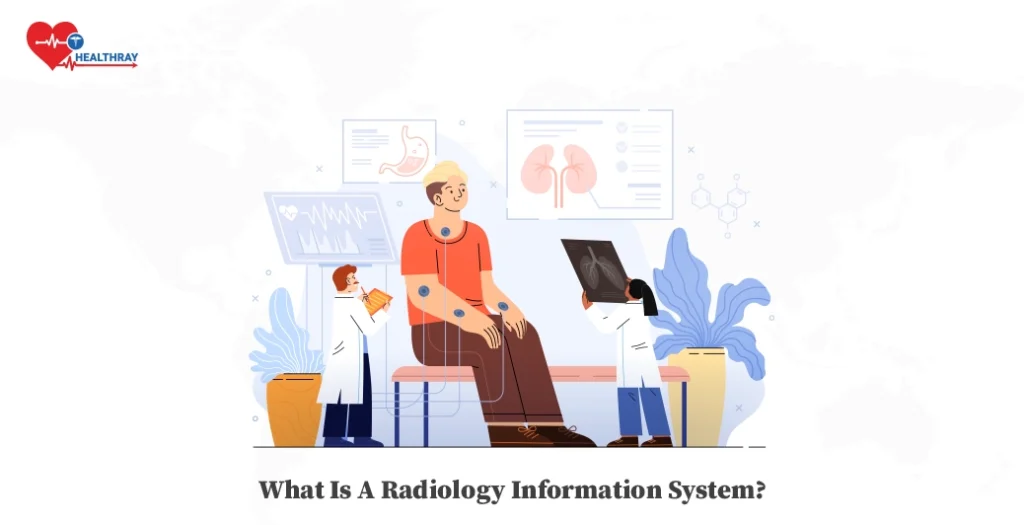
A radiology information system is a technology used for data operation, exchange, and storage in radiology departments (RDs) and standalone imaging centers. Routine chores are made easier by it, like scheduling, billing, reporting, order shadowing, patient enrollment, and registration, to name a few. Collaboration between directors and medical staff, as well as between radiologists and doctors, is made further more accessible by RIS.
In what ways is a RIS able? It’s contingent upon the supplier and the intended druggies’ requirements. The radiology software will still generally include modules that cover the following procedures.
Patient information management: Radiology centers can exclude paper-grounded attestation using the RIS to digitize patient scheduling and enrollment. Physicians and radiologists can also view the patient management entire case train and look up streamlined judgments.
Order tracking: The system saves the history of individual imaging orders from when a doctor requests until the test is finished. Druggies are suitable to cover prints and associated data as a consequence.
Billing: RIS software supports medical canons (ICD-10 and CPT) for billing purposes and generates electronic bills against imaging examinations at medical facilities. This process can be automated to lower the likelihood of criminal activity and payment refusals or detentions.
Reporting and analytics: Creating reports on patient no-shows, radiologist workload, test bone volume, and other tasks of the radiology department lifecycle is another intended use for the RIS. The results of diagnostic reports can be conveyed in comprehensive visual form through a logical dashboard. It aids directors in locating performance problems and backups and resolving them.
Role-based access: Directors, directors, nurses, radiologists, medical coders, and other staff members constantly use the RIS. Part- grounded access prevents workers from abusing features and information they don’t bear to do their current tasks.
Resource management. Information about material Force can be stored in the RIS and recaptured as demanded. It assists radiology operations in cutting costs, choosing wisely where to invest, and keeping an adequate budget.
Dictation support. Doctors may operate the program and mandate notes hands-free with the erected-in voice recognition point of numerous contemporary radiology systems.
HIPAA compliance mechanisms. Software used in radiology practices is always used to handle patient data containing personally identifiable information (PII), also known as protected health information (PHI). Because of this, healthcare information systems your RIS is covered by the Health Insurance Portability and Responsibility Act (HIPAA), which safeguards individual sequestration. Integrated security features, such as end-to-end data encryption, automated backups, and logoffs, are essential for your system to prevent common HIPAA violations and the associated forfeitures.
Importance of Radiological Information System

Several hospitals are enforcing digital technology and contemporizing their structure to facilitate patient care. Departments of radiology are using slice- edge RIS platforms to integrate analytics.
Tell us why RIS is essential for the healthcare industry.
Workflow management
Utmost radiologists concur that PACS cannot handle workflow problems and other inventories in real time. These days, RIS can notify a doctor of a case’s inordinate delay time for a doctor’s appointment. You can pierce a patient’s medical history records anywhere throughout the installation by using RIS. RIS makes data visible across the structure inversely, barring the need for the phone.
Patient Scheduling and Entry
The scheduling, entry, and enrollment of cases are handled by the Hospital Information System( HIS). Hospitals manage workflows connected to cases and slice charges using a single interface, thanks to the better RIS.
Booking and Scheduling
When a doctor makes a single request via hospital system for imaging services, RIS is relatively helpful. The system offers real-time visibility in addition to aiding in the grouping of procedures with a single entry.
Report Distribution
Report distribution is the LIMS Software primary function of the radiological information system. The patient report can be used in a number of ways, including dispatch, fax, and communication. Also, the RIS system maintains track of records as demanded and retains doctor data in a single database.
Digital Reporting
Compared to the paper period, you can save many plutocrats now in digitization. When you work by hand, you make several miscalculations. Lower miscalculations occur while using RIS, and the data is recorded immediately.
Documentation
Most paper-motorized bones now replace grounded tasks. Since every case’s data is saved electronically, there is less paper effort overall. As a result, IT support also gets more robust.
What are the benefits of a radiology information system?
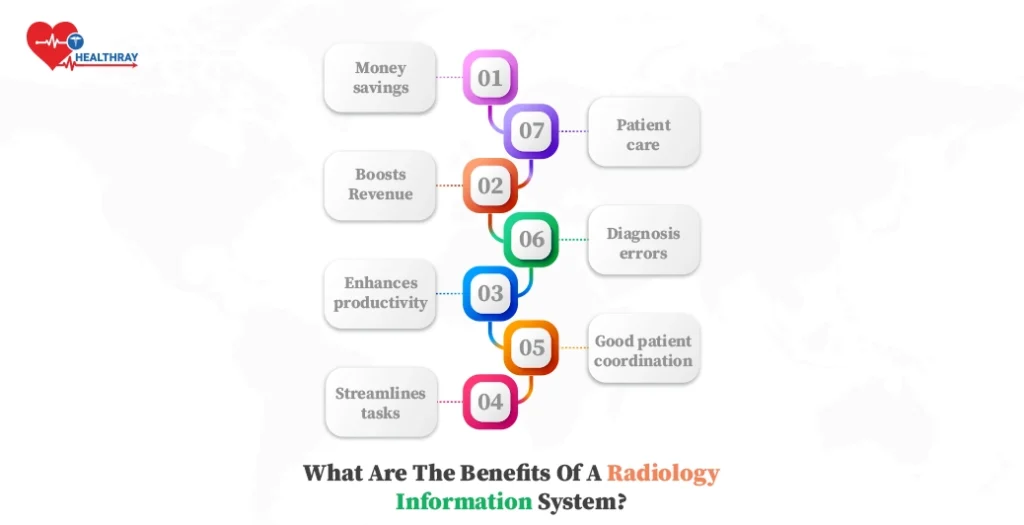
Money savings
When you commit fewer errors in entering data and make processing time faster, you will save a lot of money. Hence, this is one of the fundamental reasons many hospitals and radiology departments invest in radiology information systems.
Boosts Revenue
One measure of your company’s advancements is the duration of its profit cycle. Your radiology information system shortens report reversal times, which boosts profit in half. Your profit cycle will be more constrained if you reuse paperwork to bill providers for your services sooner. But it also vastly lowers the number of canceled movables. It’s much easier to track overdue checks and follow up on necessary payments when you use a ris, designed for easy-to-pull reports. In this way, it reduces the number of missed movables and shortens the time it takes to give reports, increasing income.
Enhances employee productivity
Your group becomes more productive by reducing the time spent working by hand. It helps your workers exclude spare information from patient enrollment cycles. Your workers only need to enter data formerly and will not need to do it again. As a result, everyone is happy and your staff members are better able to concentrate on their work. Since scheduling is more straightforward, your staff can first see what times are available when setting up original counsel or follow-up sessions.
Streamlines administrative tasks
Any doctor’s ability to serve successfully depends heavily on executive operations, and Ris aims to streamline these processes. It saves a significant sum of plutocrats on outflow. Moving forward, you may be suitable to complete further work with more minor directorial workers.
Enhanced patient care
You can concentrate on patient commerce and give them better care by automating the numerous aspects of your radiology practice.
Diagnosis with no errors
An appropriate ris will let you do a more precise analysis. It suggests that you should anticipate an increase in the criteria you collect on the positive health issues of your cases periodically.
Good patient coordination
You can simultaneously unite with a clinic for further treatments and one division for post-surgery remedies. Also, you can consult with subject matter experts or share craft with the general specialist treating the case.
How can Radiology information systems from Healthray can help your organization?
The Radiology Information Systems( RIS) from Healthray gives a complete result to facilitate and optimize the radiology workflow in your company. Healthray’s RIS streamlines radiological data administration with sophisticated features designed for healthcare professionals, from appointment booking to report generation.
Healthray’s RIS’s stoner-friendly interface makes patient tracking of cases, movables, and imaging examinations easier, guaranteeing that healthcare providers’ workflow is effective and well-organized. The system’s robust data operation features make gaining patient information easier, enhancing patient care and individual perfection.
Also, Healthray’s Lab Management Systems fluently interfaces with other health information systems, promoting interoperability and perfecting departmental and communication systems. By ensuring that authorized workers have easy access to radiology reports and filmland, this integration helps expedite decision- timber and enhance patient issues.
Associations may also cover performance data, allocate coffers optimally, and cleave to regulations thanks to the system’s analytics and reporting capabilities. Healthray’s Radiology Information Systems is an invaluable resource for companies looking to ease their radiology immolations, resulting in increased productivity and better case care.
Conclusion
In 2024, the Radiology Information System( RIS) will be an essential tool in healthcare assiduity, revolutionizing the operation of radiological data and perfecting patient care in general. Radiology departments now calculate heavily on RIS thanks to developments like enhanced scheduling, streamlined workflow operation, and flawless connectivity with other healthcare and hospital information systems throughout. As technology advances, espousing comprehensive RIS guarantees increased functional effectiveness, nonsupervisory compliance, and individual delicacy. The text sheds light on the critical part that RIS plays in radiology service optimization, opening the door for a time when healthcare institutions can ultimately use slice-edge technology to facilitate patient issues.
